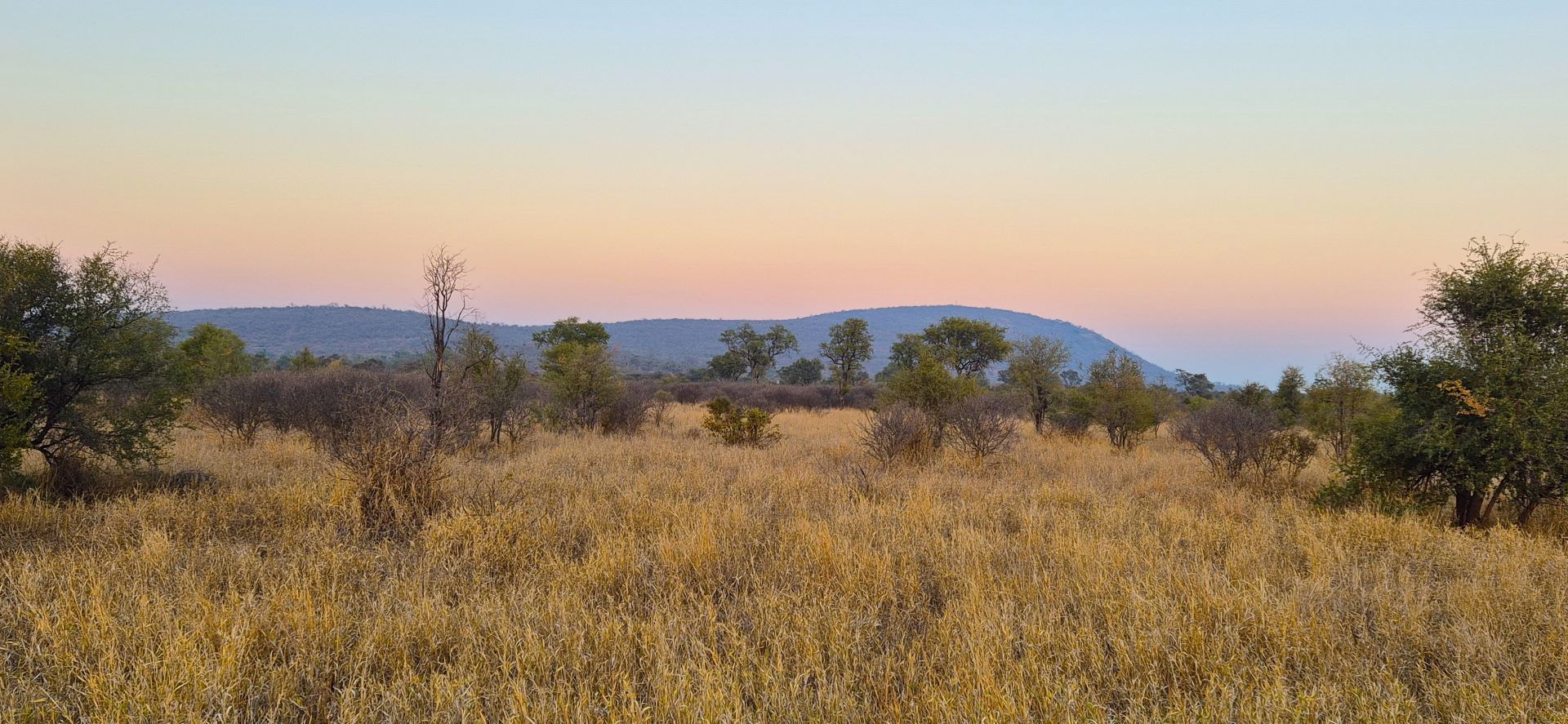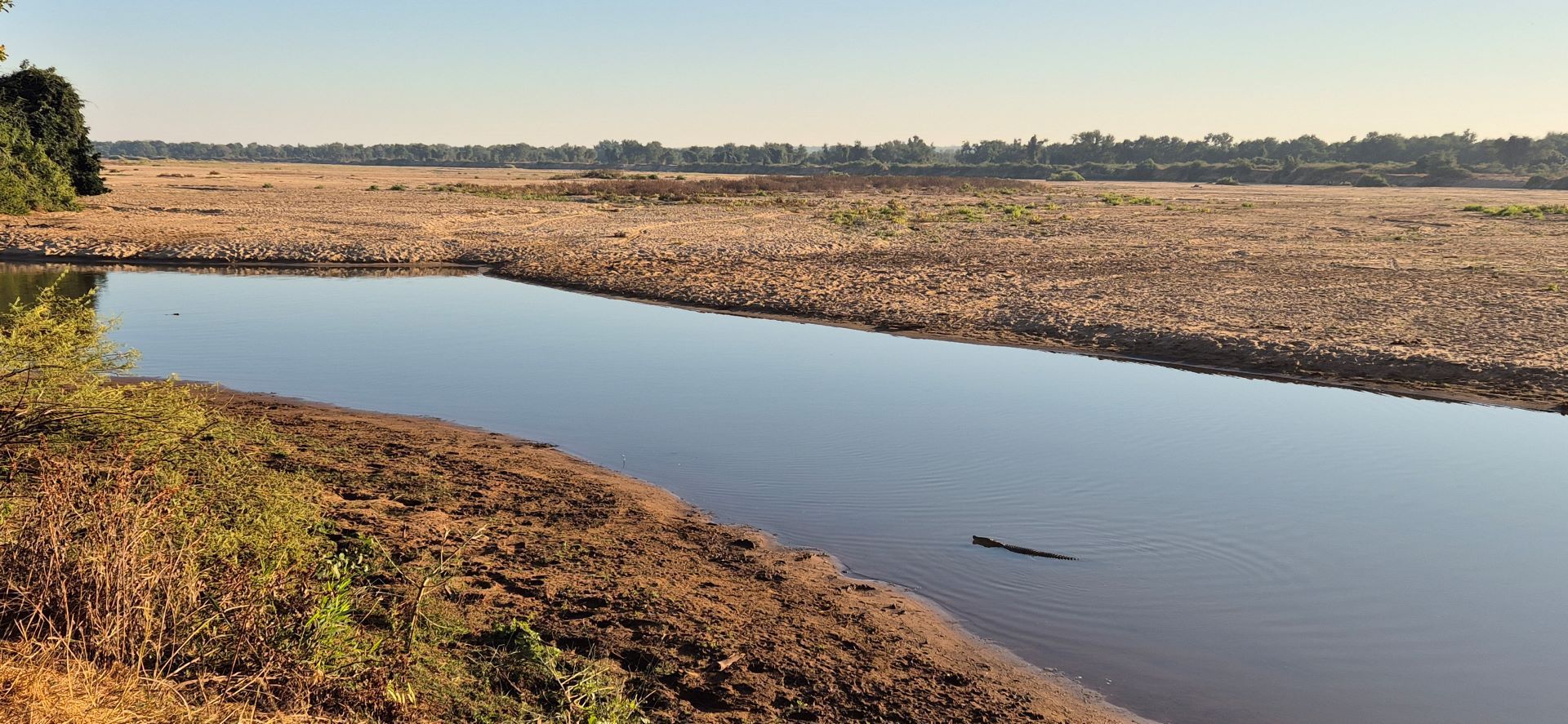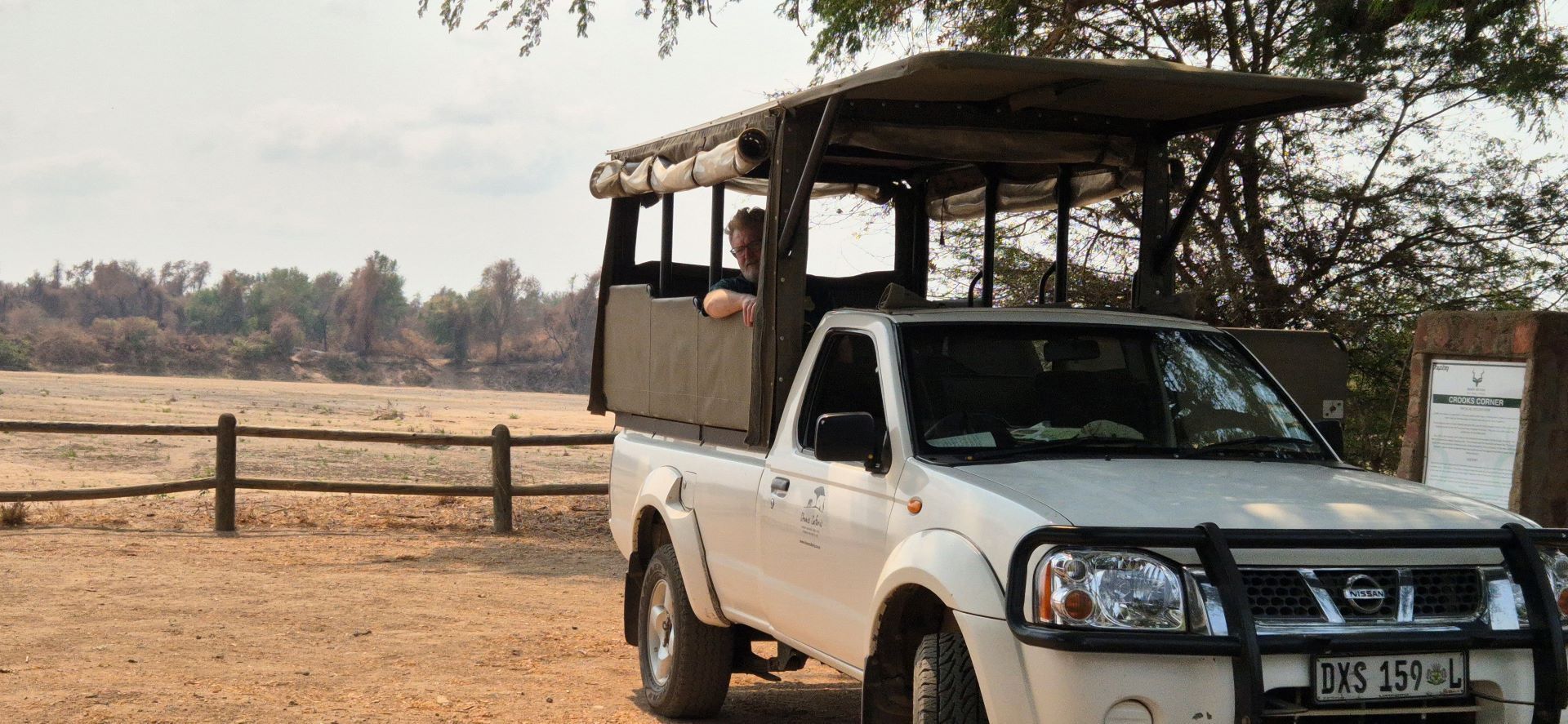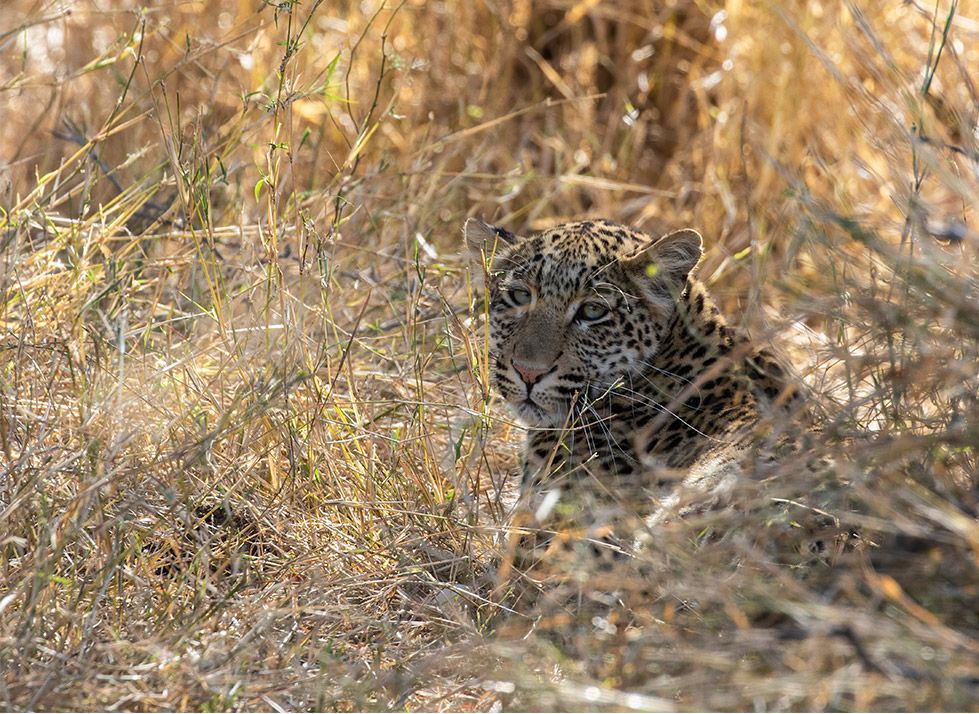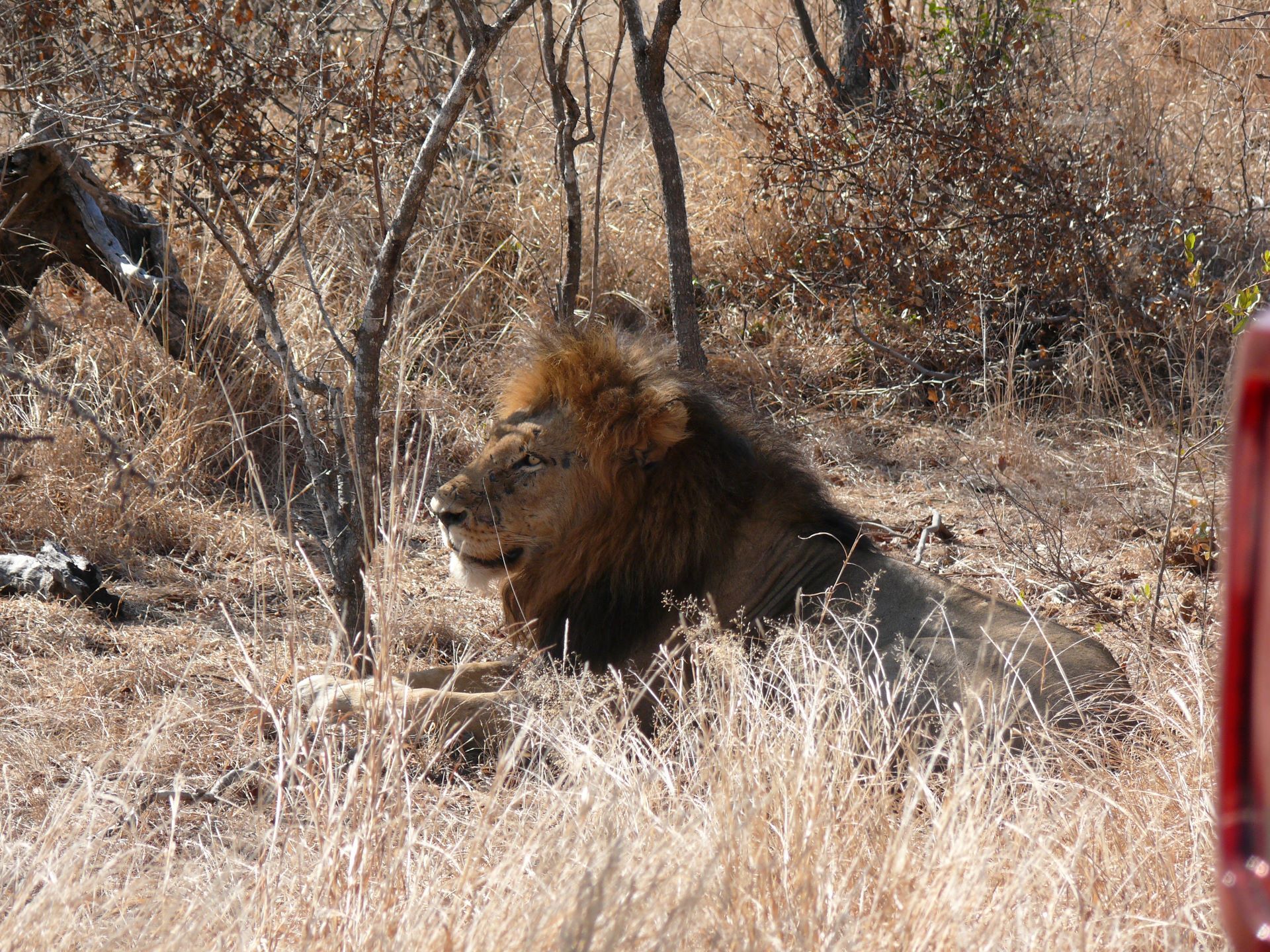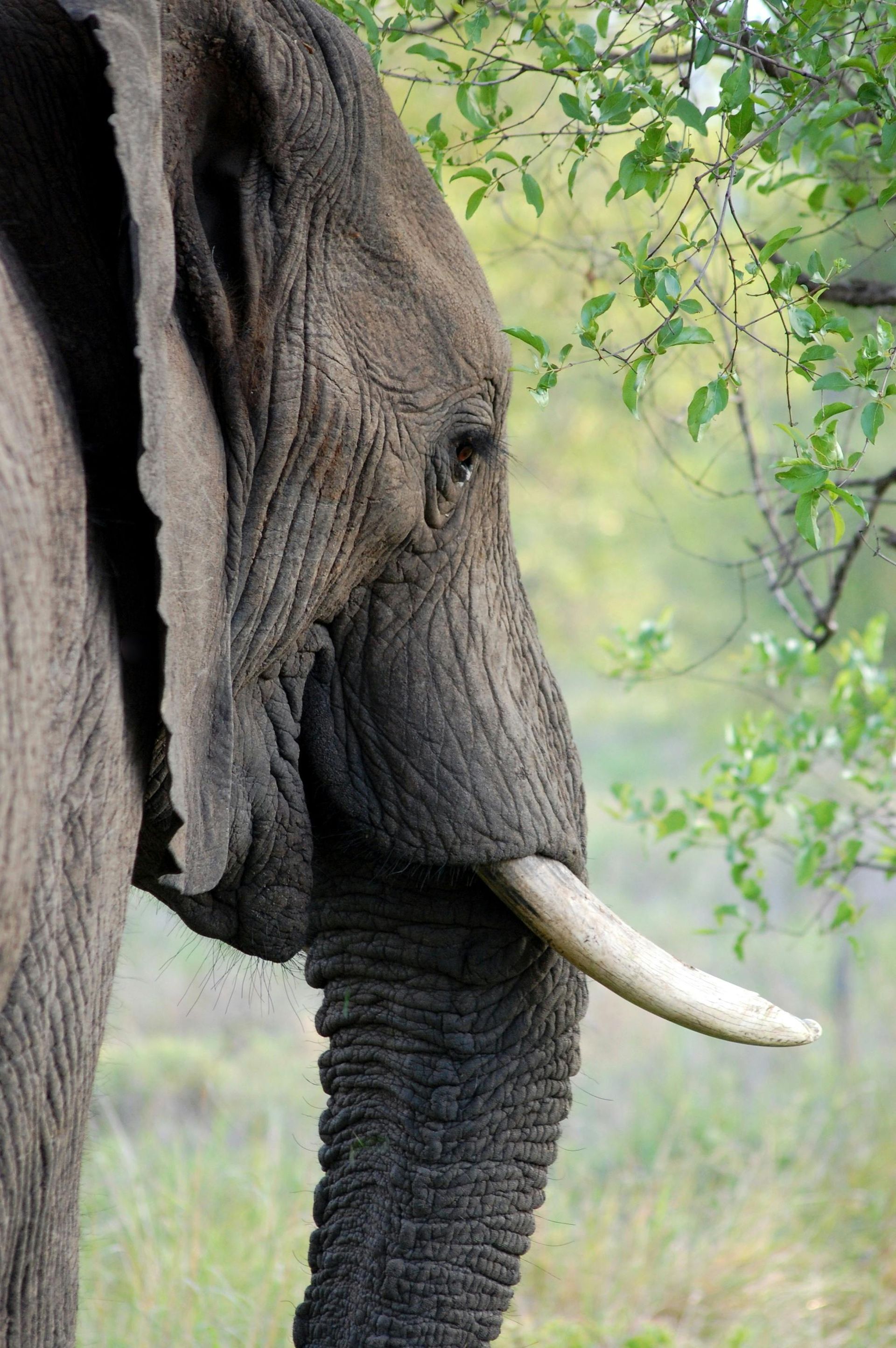Your Unforgettable SAFARI Adventure
Everything You Need to Know
About Kruger National Park
SAFARI DESTINATION
The Kruger National Park
Situated in the northeastern corner of South Africa, stretching across the Limpopo and Mpumalanga provinces, Kruger National Park is one of Africa’s most iconic wildlife destinations. Covering more than 19,000 square kilometers, it boasts incredible biodiversity, with a rich variety of landscapes and wildlife.
Established in 1926, Kruger remains one of the continent’s oldest and most celebrated game reserves, offering visitors an authentic and unforgettable safari experience.
Kruger Information Menu
What You Need to Know
Practical Information for Traveling to The Kruger
Essential tips, park highlights, and expert advice to make your Kruger safari smooth and unforgettable.
Visas
Most travelers from the US, UK, and EU do not require a visa for visits under 90 days. Always confirm entry requirements before your trip.
Malaria
Kruger National Park falls within a malaria risk area. It’s recommended to consult your doctor about preventative medication before traveling.
Currency & Payments
The South African Rand (ZAR) is the local currency. Major credit cards are widely accepted, but it’s useful to carry some cash for tips, small purchases, and park entrance points.
Weather & Clothing
Expect hot, rainy summers (October to March) and mild, dry winters (May to September). Pack light, breathable clothing for the day, and bring warm layers for early morning or evening game drives. Stick to neutral colors when on safari to blend into the environment.
Park & Conservation Fees
Daily conservation fees apply when entering Kruger National Park. Rates vary between international and South African visitors, so plan ahead.
Getting There
You can access Kruger National Park via several airports, including Skukuza, Nelspruit (KMIA), and Hoedspruit's Eastgate Airport, with direct flights from Johannesburg and Cape Town. Self-driving is also a popular and flexible option.
The Kruger National Park
South Africa's Safari Hub
Kruger National Park offers an impressive range of accommodation options across its Rest Camps, catering to every type of traveler. Whether you're seeking cozy chalets, budget-friendly huts, family-sized bungalows, or exclusive guest houses, there's a place for you.
Most Rest Camps provide essential amenities like shops, fuel stations, and restaurants, making self-catering or dining on-site easy and convenient. If you're after more privacy and seclusion, the park’s Satellite Camps and Bush Camps offer an affordable and peaceful escape into nature.
- Rest Camp Facilities: Enjoy easy access to shops, petrol stations, medical centers, restaurants, and communal kitchens at all major camps.
- Family-Friendly Options: Several camps like Berg-en-Dal, Letaba, and Skukuza offer swimming pools, picnic areas, and day-visitor zones perfect for self-drive safaris.
- Private Bush Experiences: Choose a Satellite or Bush Camp for a more secluded, self-catering stay surrounded by Kruger's untamed beauty.
Stones Safaris
Expert Advice for Your Kruger Safari Trip
Book In Advance
Kruger National Park is a sought-after destination, especially during peak wildlife viewing seasons (May to September).To secure your preferred accommodations and activities, it's advisable to book well in advance.
Choose Small Group Safaris
While self-driving offers flexibility, joining guided safaris can enhance your experience. Expert guides provide valuable insights into animal behavior and the park's ecosystem, increasing your chances of remarkable wildlife sightings.
Respect the wildlife & Park Rules
Maintain a safe distance from animals, stay inside your vehicle unless in designated areas, and adhere to speed limits.These rules are in place to protect both visitors and wildlife.
Support Conservation Efforts
Consider staying at eco-friendly lodges and participating in community-based tourism initiatives.Your choices contribute to the park's conservation projects and support local communities.

Kruger National Park
Gate Times
| Gate Times | Jan | Feb | Mar | Apr | May | Jun | Jul | Aug | Sep | Oct | Nov | Dec |
|---|---|---|---|---|---|---|---|---|---|---|---|---|
| Entrance Gates Open | 5:30 | 5:30 | 5:30 | 6:00 | 6:00 | 6:00 | 6:00 | 6:00 | 6:00 | 5:30 | 5:30 | 5:30 |
| Camp Gates Open | 4:30 | 5:30 | 5:30 | 6:00 | 6:00 | 6:00 | 6:00 | 6:00 | 6:00 | 5:30 | 4:30 | 4:30 |
| All Gates Close | 18:30 | 18:30 | 18:00 | 18:00 | 17:30 | 17:30 | 17:30 | 18:00 | 18:00 | 18:00 | 18:30 | 18:30 |

Kruger National Park
Entrance Fees
All Kruger National Park fees are VAT inclusive and subject to change. A 1% community levy is added to bookings to support local development projects in communities surrounding the park.
| 1 November 2024 – 31 October 2025 | Adults (12+ years) | Children (2 – 11 years) |
|---|---|---|
| South African Citizens and Residents | R128 | R64 |
| SADC Nationals | R257 | R128 |
| International (non-South African) Citizens | R535 | R267 |
Kruger National Park
What to Expect From Each Season
Summer
November – March
Lush & Vibrant
ESummer in Kruger is the wet season. Expect hot temperatures, afternoon thunderstorms, and vibrant, green landscapes. This is the best time for birdwatching as migratory birds arrive, and you’ll witness many animals giving birth. While the thick vegetation can make wildlife spotting a little trickier, the beauty of the park in full bloom is truly breathtaking.
- Temperatures: Hot (average highs around 30–35°C / 86–95°F)
- Best for: Birdwatching, dramatic skies, baby animals
- Tip:
Pack light, breathable clothing and a rain jacket
Autumn
April – May
Comfortable & Clear
Autumn marks the transition from wet to dry season. The rains ease, the bush thins out slightly, and temperatures become milder. This is an excellent time for a safari with fewer crowds, crisp mornings, and golden afternoon light perfect for photography.
- Temperatures: Warm to mild (average highs around 26–30°C / 79–86°F)
- Best for: Photography, comfortable game drives
- Tip: A light jacket is useful for early mornings and evenings
Winter
June – August
Peak Safari Season
Winter is the dry season and widely considered the best time for wildlife viewing in Kruger. With minimal rain, animals gather around waterholes and rivers, making sightings more predictable. The grass is shorter, and the sparse vegetation improves visibility dramatically.
- Temperatures: Cool (average highs around 23–26°C / 73–79°F), cold mornings
- Best for: Big Five sightings, comfortable travel conditions
- Tip:
Dress in layers—mornings and evenings are chilly, afternoons are warm
Spring
September - October
A Season of Change
Spring in Kruger is a magical time as the first rains may start, bringing a hint of green back to the dry landscape. Wildlife is highly active as animals take advantage of the changing conditions. It’s a good shoulder season with fewer tourists before the full summer rains set in.
- Temperatures: Warming up (average highs around 28–32°C / 82–89°F)
- Best for: Active wildlife, quieter parks
- Tip: Sunscreen and plenty of water are essentials as temperatures climb
KRUGER NATIONAL PARK
The Wild Animals
Kruger National Park is a premier destination for wildlife enthusiasts, offering an unparalleled safari experience in South Africa. Spanning nearly 20,000 square kilometers, the park is home to an extraordinary diversity of fauna, including the iconic Big Five: lion, leopard, elephant, buffalo, and rhinoceros.
Beyond these, visitors can encounter over 140 mammal species, such as cheetahs, African wild dogs, hippos, giraffes, and various antelope species, making every game drive a unique adventure.
Birdwatchers will find Kruger equally captivating, with more than 500 bird species recorded within the park's diverse habitats, ranging from savannahs to wetlands.
Reptile enthusiasts can also appreciate the presence of numerous reptile species, including crocodiles and various snakes. This rich biodiversity underscores Kruger's status as a must-visit destination for nature lovers seeking an authentic African safari experience.
What is the best time of year to visit Kruger National Park?
The dry winter months (June to August) are considered the best time for wildlife viewing, as animals gather around water sources and the bush is less dense. However, summer (November to March) brings lush landscapes, newborn animals, and fantastic birdwatching opportunities.
Do I need a visa to visit Kruger National Park?
Most travelers from the United States, United Kingdom, and European Union do not require a visa for stays under 90 days. Always check the latest South African entry requirements before traveling.
Is Kruger National Park a malaria area?
Yes, Kruger National Park is located in a malaria-risk area, especially during the rainy season (October to April). Visitors are advised to consult their healthcare provider about malaria prophylaxis and to take precautions such as using mosquito repellent and sleeping under nets.
Can I self-drive in Kruger National Park?
Yes, Kruger is one of the few major African parks where you can do a self-drive safari. The park has well-maintained roads, clear signage, and a wide variety of rest camps and picnic spots for travelers who prefer exploring at their own pace.
What wildlife can I expect to see in Kruger National Park?
Kruger National Park is home to the Big Five (lion, leopard, elephant, buffalo, and rhinoceros), as well as cheetahs, African wild dogs, giraffes, hippos, crocodiles, over 140 species of mammals, 500 bird species, and countless reptiles and insects. Wildlife sightings are exceptional year-round.


